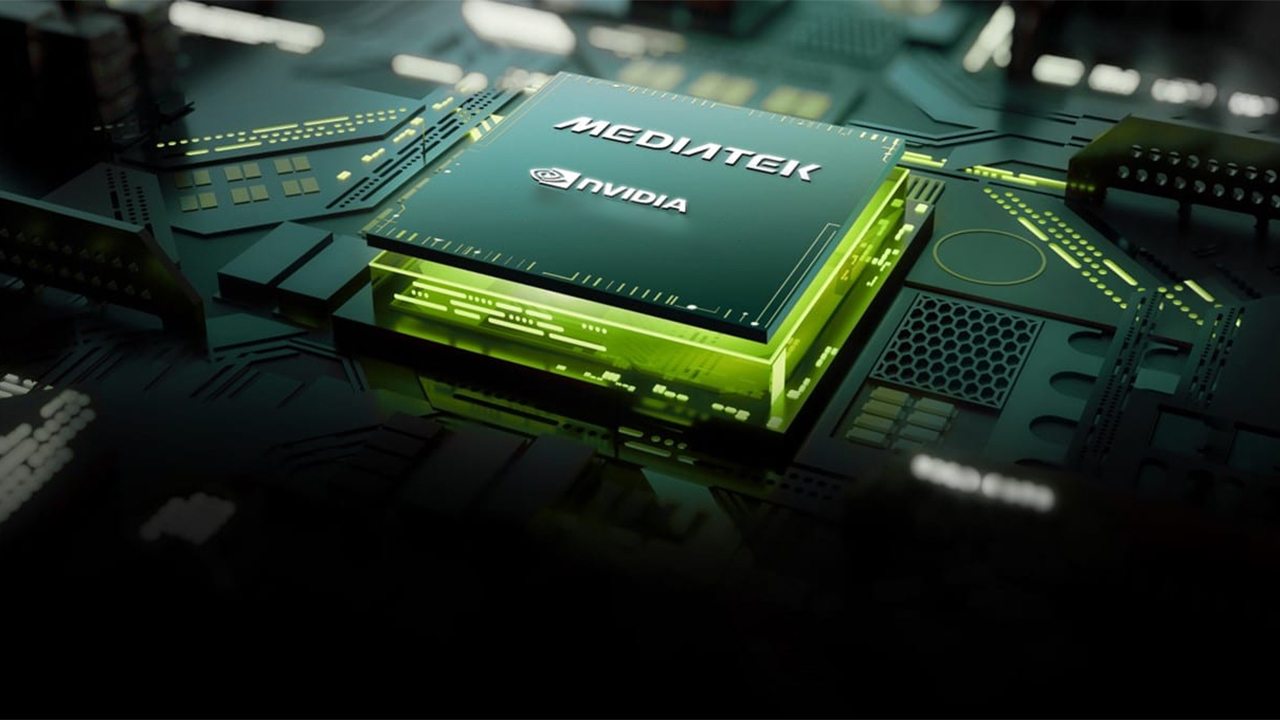Nvidia's new consumer desktop PC chip reportedly delayed well into 2026

Although workstations based on Nvidia's GB10 Superchip processor are reportedly on the cusp of release, Nvidia's CPUs for consumer PCs have been delayed well into 2026, according to a report by SemiAccurate. The company reportedly had to delay its processor due to 'critical hardware defects.' Keep in mind, though, that the information is strictly unofficial, so take it with a grain of salt.
When we first heard about Nvidia's intention to enter the market of CPUs for Windows-based consumer PCs back in 2023, the rumor had it that the company planned to release the processor in 2025. However, when the company introduced its GB10 system-on-chip (SoC) for compact AI workstations, co-designed with MediaTek at GTC in March, it never mentioned anything for consumer PCs. Neither Nvidia nor MediaTek discussed their codenamed N1 and N1X processors at Computex in May, a clear indication that their launch was not on the near horizon.
That is apparently because Nvidia expected its N1 and N1X to be released later in 2026 due to a hardware issue that needed to be fixed. However, Nvidia managed to fix the problem without a respin (using a microcode or firmware update), which reportedly brought the release forward to early 2026.
However, just days ago, another technical problem surfaced, again complicating the schedule, according to SemiAccurate. The previously re-established early 2026 target now appears in jeopardy, according to sources cited by SemiAccurate and @Jukanlosreve (assuming, of course, that the latter isn't simply re-reporting SemiAccurate). The way the latter puts it, Nvidia's unannounced N1 and N1X have 'critical hardware defects,' which require a respin (a new silicon revision).
As we are dealing with unofficial information, it is hard to derive an accurate analysis. However, respinning a 4nm processor typically takes between three and six months, depending on the extent of the required changes and the location of the problem. Minor adjustments in the higher metal layers can be completed in weeks or months, while more significant modifications, such as logic redesign or layout updates in the lower metal layers, can extend the timeline to half a year or more. This includes retaping the design, manufacturing new masks, running test wafers, and validating the revised silicon. At advanced nodes, such as 4nm mask preparation, queue times add complexity. Even after silicon is produced, full functional and performance validation must be repeated, which takes time. In practice, even a 'fast' respin can create a multi-month delay in product schedules.
Follow Tom's Hardware on Google News to get our up-to-date news, analysis, and reviews in your feeds. Make sure to click the Follow button.
Get Tom's Hardware's best news and in-depth reviews, straight to your inbox.

Anton Shilov is a contributing writer at Tom’s Hardware. Over the past couple of decades, he has covered everything from CPUs and GPUs to supercomputers and from modern process technologies and latest fab tools to high-tech industry trends.
-
hotaru251 can't wait for Nvidia to try to force apple type tactics to PC users... "the more you buy the more you save" so nvidia cpu only work w/ nvidia gpu or performance is lowered.Reply -
bit_user Reply
It's a SoC with the CPU cores and GPU integrated. It's not clear whether it would have enough PCIe lanes to properly support a dGPU. Even if it does, the kinds of systems which use these chips will probably not come in form factors that would accommodate a big dGPU.hotaru251 said:so nvidia cpu only work w/ nvidia gpu or performance is lowered. -
Amdlova I think they will skip the launch to wait for the ryzen 10700x ... More cores, More powa babyReply
And nvidia will bring Big dGPU to those chips... Nvidia Will eat the Intel market and apple market.
Next Gen Nvidia chips will target AMD market (APU) or whatever Amd call it nowdays -
acadia11 Reply
Seems generating a general purpose processor is more complex than a GPU which essentially does one thing really well and scales that same function to many many units. Not so simple eh …a CPUAdmin said:Nvidia's consumer PC processors N1 and N1X, originally expected in 2025, have been delayed to at least 2026 due to reported 'critical hardware defects' in the chips, possibly requiring a costly and time-consuming silicon respin, according to unofficial sources.
Nvidia's new consumer desktop PC chip reportedly delayed well into 2026 : Read more -
bit_user Reply
Two things about this.acadia11 said:Seems generating a general purpose processor is more complex than a GPU which essentially does one thing really well and scales that same function to many many units. Not so simple eh …a CPU
Nvidia has a long history of building SoC's, such as those used in both Nintendo Switch consoles, but also tablets, AR systems, and even phones (if you go back far enough). Their main market is currently embedded applications, like robotics and self-driving.
Nvidia partnered with MediaTek on this. They don't have much history of working together.
See:
https://en.wikipedia.org/wiki/Tegra#Models -
acadia11 Reply
Building a SOC and supplying the graphics capability for that SOC is not that same as building a general purpose CPU. And don’t argue with me , argue with the delay due to two flaws … how’s that experience working out? I’m not saying they aren’t capable and they have something going for them aside from their bank account, and engineering know how to… it’s the cisc va risc battle although x86 today has adopted many risc like features and other clever techniques on the power consumption side. As there is no ARM king and snapdragon is welll ,.. snapdragon they are stepping into the right arena , their comp is of course AmD and Intel but I believe they are trying to be the ARM king as it’s wide open.bit_user said:Two things about this.
Nvidia has a long history of building SoC's, such as those used in both Nintendo Switch consoles, but also tablets, AR systems, and even phones (if you go back far enough). Their main market is currently embedded applications, like robotics and self-driving.
Nvidia partnered with MediaTek on this. They don't have much history of working together.
See:
https://en.wikipedia.org/wiki/Tegra#Models -
bit_user Reply
I don't see the difference, but maybe you can educate us.acadia11 said:Building a SOC and supplying the graphics capability for that SOC is not that same as building a general purpose CPU.
The way I see it, the biggest difference between what I believe the N1/N1X is vs. SoC's like what's in the Nintendo Switch 2 is just that they're partnering with MediaTek, on this one. I don't really even understand why they agreed to such an arrangement.
Here's their latest installment in their Jetson modules: Thor
https://www.nvidia.com/en-us/autonomous-machines/embedded-systems/jetson-thor/
It has: 14-core CPU complex, GPU, NPU, networking, display, storage, memory, wifi... what more do you need for a laptop or mini PC?